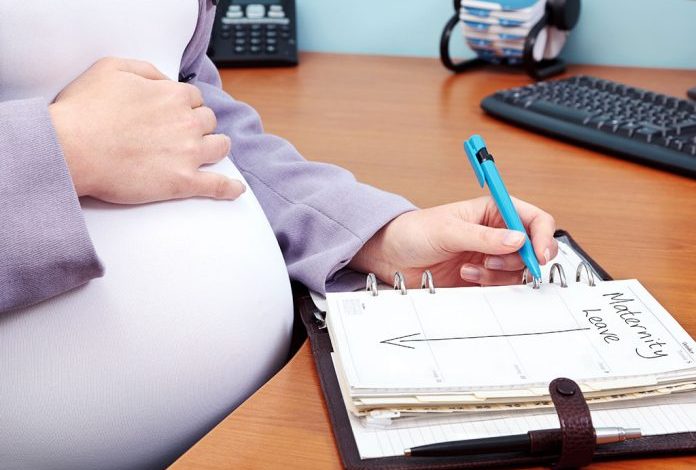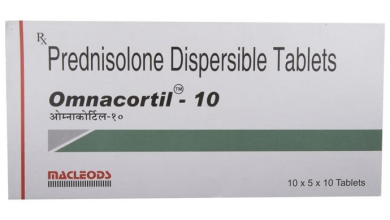How to Write a Maternity Leave Application

By submitting a maternity leave application, you formally inform your employer that you intend to take time off work to care for you and your unborn baby before and after birth. Getting the most out of your employer’s maternity benefits requires careful planning of your maternity leave. Additionally, submitting a maternity leave letter allows your manager to properly handle your workload while you’re away. The purpose of this post is to explain why and how to write a maternity leave application.
Why would you write a maternity leave application?
You should submit a maternity leave application to your employer to inform them of the date and duration of your pregnancy and childbirth leave. Your company’s leave policies may specify that you must timely inform your employer of your leave intentions to qualify for maternity benefits. Even if you don’t, you should still inform your employer in writing about your maternity leave plans so they can find an alternative employee to substitute for you.
How to submit an application for maternity leave
Write a professional maternity leave application using the procedures below:
Review the maternity leave policies of your company.
Companies in India provide prenatal and postnatal leaves totalling up to 12 weeks, or 84 days, of maternity leave. To understand the maternity benefits to which you are entitled, review your company’s leave policies. The form of application, advance notice, person to be intimated, number of leave days, and alternate arrangement for workflow during your leave should all be in accordance with the rules established by your workplace.
At the top, include the date and your address.
Your name and address should be written in the top left corner of the letter, with the date written in the top right. Alternatively, you can write the date after your address with a tiny space in between.
Include the name and address of the recipient.
Include your manager’s name and address when you write your request for leave. As Per your company’s policies, confirm that you are addressing your letter to the appropriate person. If you have any concerns, speak with your HR department.
Have included the subject line.
Include a subject line that is explicit about your request for maternity leave. It can be something like ‘Request for maternity leave’ or ‘Maternity leave application’.
Greeting the recipient.
When addressing the receiver, use a formal salutation. You can start a letter with a salutation like “Dear Sir,” “Dear Madam,” or “Hello.” Dear Mr./Mrs…. or Dear…ji If you use the prefix “Mr./Ms.,” use the recipient’s last name; for instance, “Dear Mr. Gupta” or “Dear Ms. Reddy.” Contrarily, if you decide to add the suffix “ji,” you should utilise the recipient’s first and middle names; for instance, “Dear Lalit Kumar ji” or “Dear Sushmita Devi ji.”
In the first paragraph, state the letter’s purpose.
In the first paragraph, clarify that the application is for maternity leave. Consider including how many days of maternity pay leave you are entitled to. Mention whether you want to use all of your vacation time or only a portion of it. Give as precise a description of your leave’s start and end dates as possible. Be careful to provide your predicted due date if your maternity leave entitlement is split into pre- and post-natal leaves.
Set a backup work schedule for when you’re not around.
Tell us exactly how you intend to handle the workload while on leave. Whether you’ve previously spoken to your boss about it, including a summary of your conversation in your leave application. Choose a person to handle your work while you’re away. The ongoing progress of the projects you are in charge of should also be mentioned. As an alternative, you can include the information in the application and provide the status report separately.
Indicate the day and time you would be available to work from home if your firm permits it and you wish to take benefit of the prospect.
Specify the desired method and level of communication.
Would you want to avoid all forms of communication during your leave, or would you be open to receiving calls and emails relating to your job? Inform your manager of your preferred methods of contact. In your leave letter, be sure to make it clear if you will be available at specific times during the day. In any case, it is a good idea to include your contact information in case of emergency communication.
Tell us if you require a change in your work schedule when you get back (optional)
When you return to work during your absence, will your work schedule need to be altered in any way? If so, you might want to include it in your leave of absence letter. You could choose to omit this conversation entirely from your letter if you haven’t made up your mind and would rather to wait and see how things work out.
Praise your manager
Thank your manager for their support during this difficult time in your life as you finish your leave request. The last one or two sentences should feel grateful for their support and cooperation.
Sign the leave of absence form.
At the end of the letter, sign your name and type your last name. If you are emailing your leave request, you can skip the signature and simply provide your full name.
Confirm your application for an absence from work.
Check your application for factual accuracy, concerns with readability, grammar errors, and mistakes. Reading aloud to oneself can assist in identifying these problems. Be careful to format your letter professionally and use formal language. Use easy-to-read fonts like Arial and Times New Roman that are straightforward.
Transmit your leave application on time
Make sure your application gets to the addressee in plenty of time, whether you are mailing a hard copy or sending an email. If there is a deadline for giving advance notice, you should keep it in mind to become eligible for maternity benefits.
If you want to read blogs on other issues, click here.




